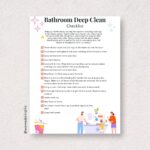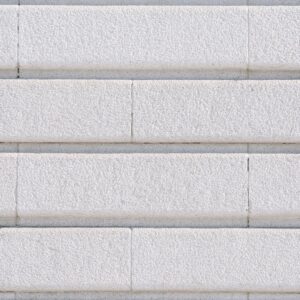
With the cost of living crisis raging on and the average energy bills reaching £1,000 for electricity and £1,200 for gas per year, being able to save money on your heating bills and making your home more energy efficient can help you to reduce bills without sacrificing putting the heating on or sitting in the dark.
Read on for 5 ways to improve energy efficiency in your home.

Improve Insulation
Insulation is an easy and cost-effective way to boost energy efficiency in your home. If your home is not well-insulated, you're wasting energy as heat escapes through your ceiling/floor/walls. This can be especially problematic during winter when your heating system works overtime to keep you warm. If you live in a well-insulated home, your heating system will work less to keep you warm, meaning you'll save money on your energy bills. Many types of insulation are available, including spray foam, sheep's wool, cork, recycled plastic, fibreglass or mineral wool as used in Rockwool RW Slabs. You can find out what kind or if you have any insulation you have in your home with a quick inspection.
Choose Energy-Efficient Appliances
When it comes to saving energy and money, your appliances are a significant factor. In fact, about a quarter of the energy you use at home comes from your appliances. Fortunately, you can select energy-efficient appliances to reduce your energy consumption. When purchasing new appliances, look for the energy rating label. This chart indicates an appliance's energy efficiency, with A+++ being the highest-rated appliance and G being the least energy efficient.
Add Draught Proofing
Draught-proofing your home can help reduce energy loss through your doors and windows. You can easily add draught-proofing to your home by installing weather-stripping at the bottom of your doors and along the top of your windows. Draught-proofing is an easy and cost-effective way to reduce energy loss through your doors and windows. It can be beneficial during the winter when you rely more on your heating system. Even if you already have energy-efficient windows and doors, you can still add draught-proofing to boost energy efficiency in your home.
Change Your Lightbulbs
You might not realise it, but your home's lightbulbs can add to your energy bill. You can reduce energy usage by changing your lightbulbs to more energy-efficient options. A quick and easy way to do this is by replacing your light bulbs with LED light bulbs. LED light bulbs use about 80% less energy than incandescent light bulbs, lasting up to 10 times longer, meaning you'll have to replace them less often. Plus, changing just one lightbulb to an energy-efficient bulb can save you up to £18 per year.
Install a programmable thermostat
One of the easiest ways to reduce energy consumption and lower energy bills is by installing a programmable thermostat. Programmable thermostats allow you to set your home's temperature at certain times of the day and throughout the week. This means you can select your home to be comfortable when you're awake and asleep without adjusting the temperature throughout the day. Using a programmable thermostat can save up to 10% on your energy bills each year.
Conclusion
There are many ways to boost energy efficiency in your home, and the benefits go beyond saving money on your energy bills. Improving your home's energy efficiency can also help reduce your environmental footprint. If you're ready to take control of your energy bills, boosting energy efficiency in your home is a great place to start. By following these 10 tips, you'll be well on your way toward a more efficient home.


















Leave a Reply